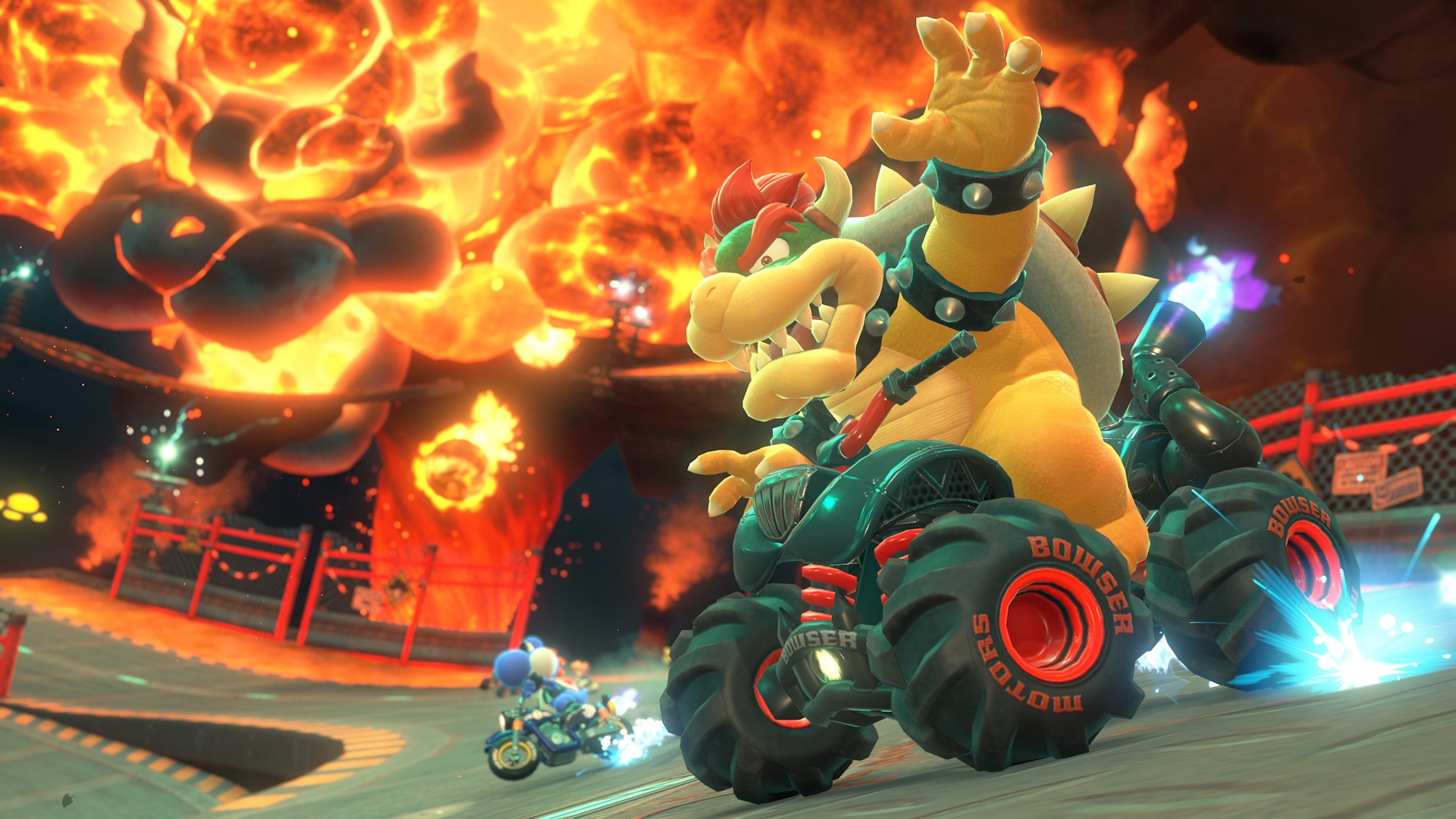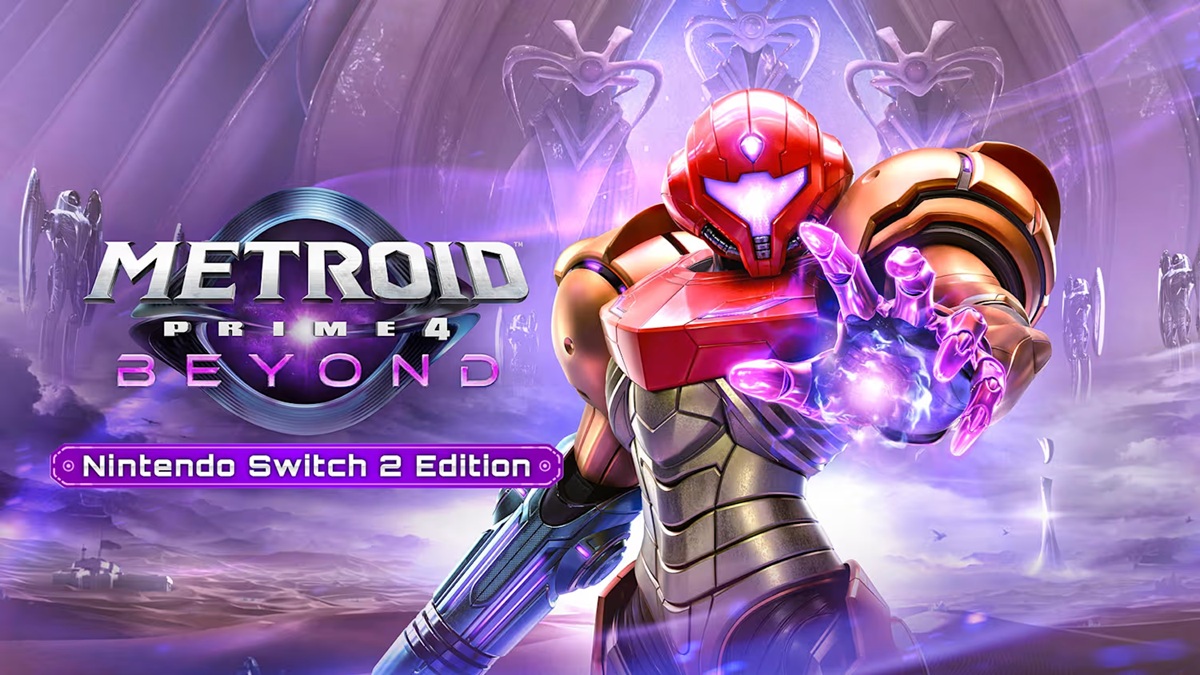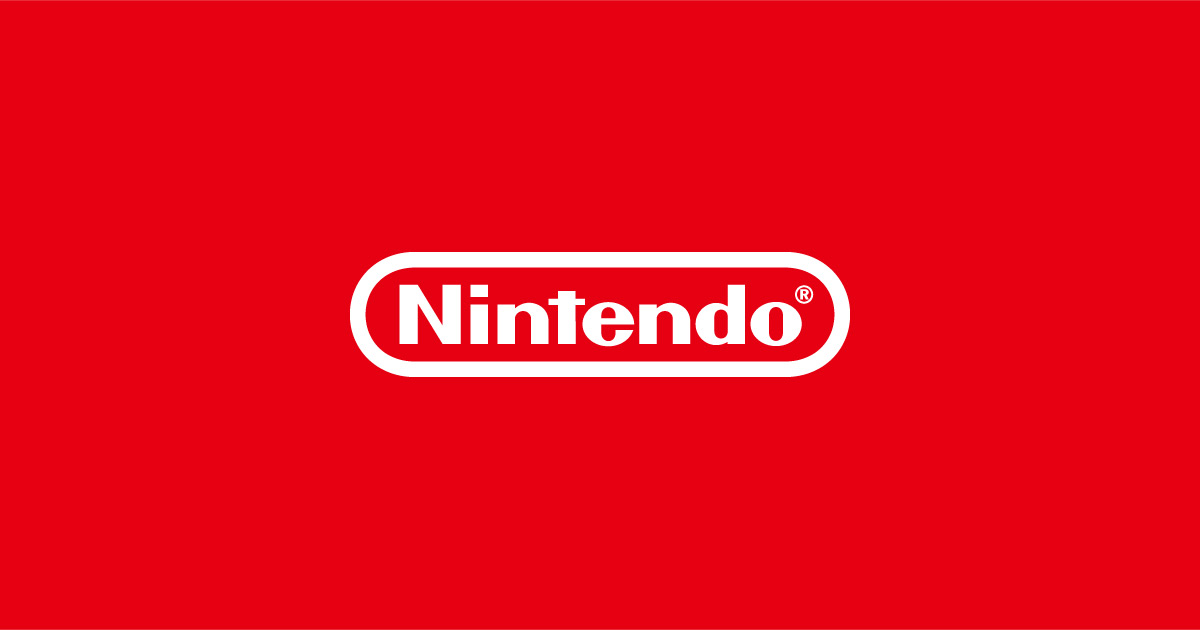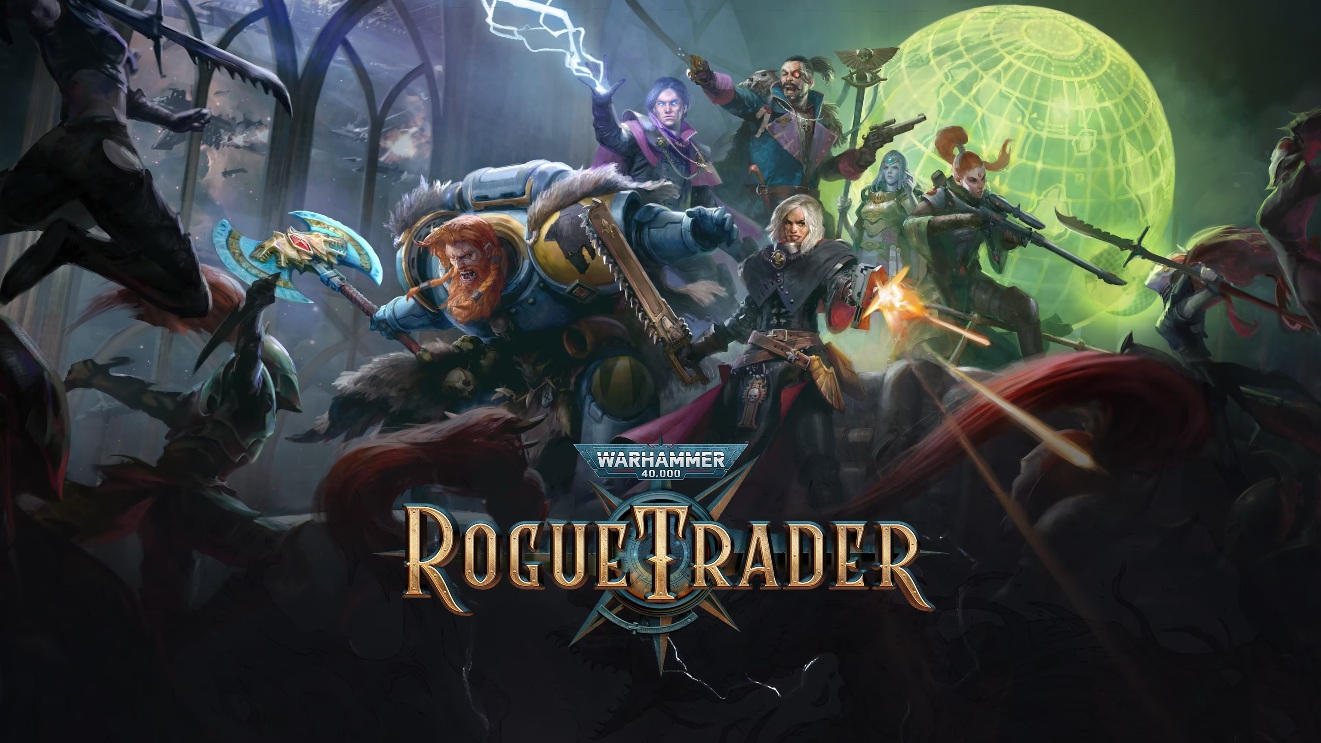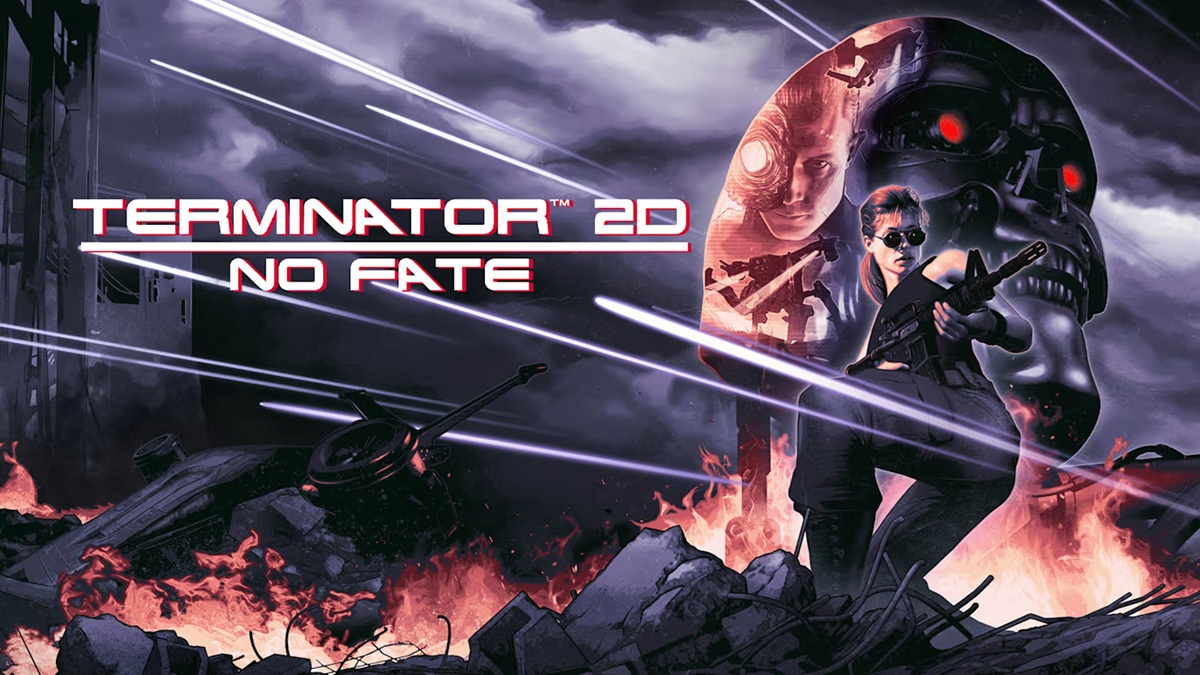Donkey Kong Bananza: Nintendo Reveals Switch 2 Advantages in Development Shift
Donkey Kong Bananza is poised to be one of Nintendo’s most ambitious releases in recent years, showcasing the company's commitment to pushing the boundaries of creativity and technical achievement.
Set for a global launch on July 17, 2025, this new entry in the Donkey Kong franchise is the first built specifically to leverage the power of Nintendo Switch 2.
In a recent 'Ask the Developer' interview published by Nintendo, key members of the development team—including Kenta Motokura, Kazuya Takahashi, Wataru Tanaka, and Daisuke Watanabe—offered detailed insights into the critical decision to shift development from the original Nintendo Switch to its successor, along with the technical reasons and creative aspirations behind that move. Bananza was originally conceived as a Nintendo Switch title.
However, as development progressed, the team encountered limitations with the Switch’s hardware—most notably a lack of sufficient system memory and processing power to realize the game's central mechanic: large-scale, dynamic destruction enabled by voxel technology.
"We initially began developing Donkey Kong Bananza for the Nintendo Switch, but encountered significant challenges," Motokura shared.
"Sometime in 2021, we started considering whether the game would be better suited to Switch 2." As explained by Watanabe, the transition was motivated not only by the possibility of improved visuals but also by an expanded scope for gameplay features.
"We explored ways to enhance what we built for Switch to fully utilize the Switch 2’s capabilities.
One of the most notable advantages was the ability to populate environments with many more interactive objects," he explained.
"This didn’t just create a richer visual experience—it amplified the thrill of destruction, a core element of Bananza." From a technical perspective, Tanaka elaborated on the demands of implementing voxel-based environments.
"Voxel technology aligns perfectly with our vision for a destruction-driven game, but it requires a tremendous amount of system memory," he noted.
Using a simple analogy, Tanaka explained that increasing an environment’s voxel resolution grows data requirements exponentially—not just doubling, but increasing eightfold when considering width, height, and depth.
"It became clear the original Switch couldn’t handle such a load, making some design goals unattainable." With the move to Nintendo Switch 2, the team gained more memory and processing power, which allowed them to revisit and integrate gameplay ideas previously left behind.
Motokura and the team reported that with upgraded hardware, the game could not only handle the complex destruction mechanics but also maintain smooth performance at 60 frames per second.
Features like large-scale explosions and dynamic environmental collapse, once deemed impossible, were now fully realized. New screenshots shared in the interview demonstrate the visual leap made possible by Switch 2, highlighting increased environmental density and enhanced lighting effects, such as atmospheric rays filtering through the world’s vibrant foliage.
The development team emphasized that these improvements go beyond aesthetics, directly influencing player engagement and fulfillment of the game's design vision. As Donkey Kong Bananza approaches its release date, excitement is building among fans eager to experience Nintendo's latest technical and creative achievements.
Reports have surfaced of physical copies appearing ahead of street date, so those wishing to avoid spoilers should tread carefully online.
For those awaiting the official worldwide launch on July 17, 2025, Donkey Kong Bananza represents a bold new era for the franchise, made possible by the capabilities of Nintendo Switch 2.
Set for a global launch on July 17, 2025, this new entry in the Donkey Kong franchise is the first built specifically to leverage the power of Nintendo Switch 2.
In a recent 'Ask the Developer' interview published by Nintendo, key members of the development team—including Kenta Motokura, Kazuya Takahashi, Wataru Tanaka, and Daisuke Watanabe—offered detailed insights into the critical decision to shift development from the original Nintendo Switch to its successor, along with the technical reasons and creative aspirations behind that move. Bananza was originally conceived as a Nintendo Switch title.
However, as development progressed, the team encountered limitations with the Switch’s hardware—most notably a lack of sufficient system memory and processing power to realize the game's central mechanic: large-scale, dynamic destruction enabled by voxel technology.
"We initially began developing Donkey Kong Bananza for the Nintendo Switch, but encountered significant challenges," Motokura shared.
"Sometime in 2021, we started considering whether the game would be better suited to Switch 2." As explained by Watanabe, the transition was motivated not only by the possibility of improved visuals but also by an expanded scope for gameplay features.
"We explored ways to enhance what we built for Switch to fully utilize the Switch 2’s capabilities.
One of the most notable advantages was the ability to populate environments with many more interactive objects," he explained.
"This didn’t just create a richer visual experience—it amplified the thrill of destruction, a core element of Bananza." From a technical perspective, Tanaka elaborated on the demands of implementing voxel-based environments.
"Voxel technology aligns perfectly with our vision for a destruction-driven game, but it requires a tremendous amount of system memory," he noted.
Using a simple analogy, Tanaka explained that increasing an environment’s voxel resolution grows data requirements exponentially—not just doubling, but increasing eightfold when considering width, height, and depth.
"It became clear the original Switch couldn’t handle such a load, making some design goals unattainable." With the move to Nintendo Switch 2, the team gained more memory and processing power, which allowed them to revisit and integrate gameplay ideas previously left behind.
Motokura and the team reported that with upgraded hardware, the game could not only handle the complex destruction mechanics but also maintain smooth performance at 60 frames per second.
Features like large-scale explosions and dynamic environmental collapse, once deemed impossible, were now fully realized. New screenshots shared in the interview demonstrate the visual leap made possible by Switch 2, highlighting increased environmental density and enhanced lighting effects, such as atmospheric rays filtering through the world’s vibrant foliage.
The development team emphasized that these improvements go beyond aesthetics, directly influencing player engagement and fulfillment of the game's design vision. As Donkey Kong Bananza approaches its release date, excitement is building among fans eager to experience Nintendo's latest technical and creative achievements.
Reports have surfaced of physical copies appearing ahead of street date, so those wishing to avoid spoilers should tread carefully online.
For those awaiting the official worldwide launch on July 17, 2025, Donkey Kong Bananza represents a bold new era for the franchise, made possible by the capabilities of Nintendo Switch 2.

